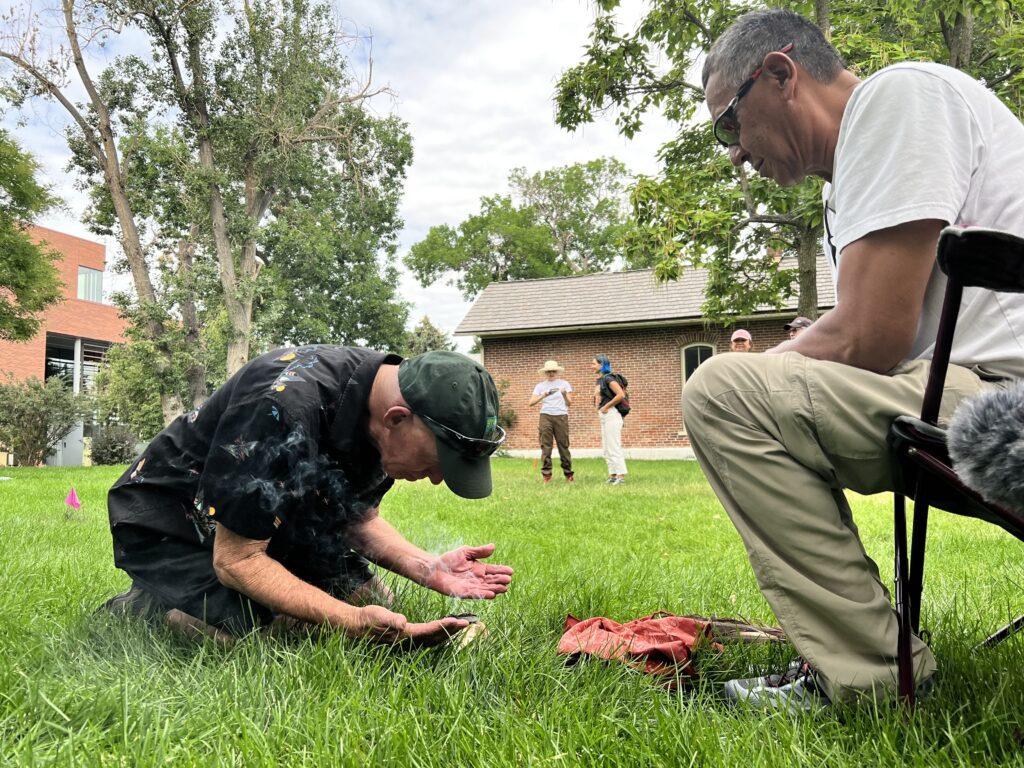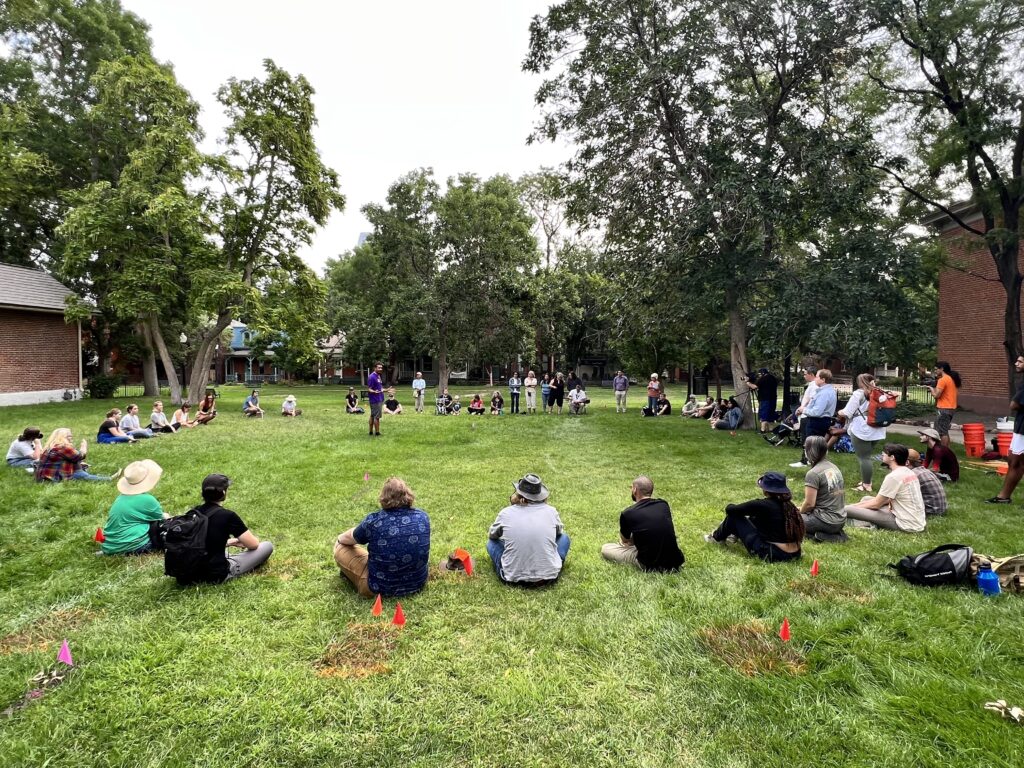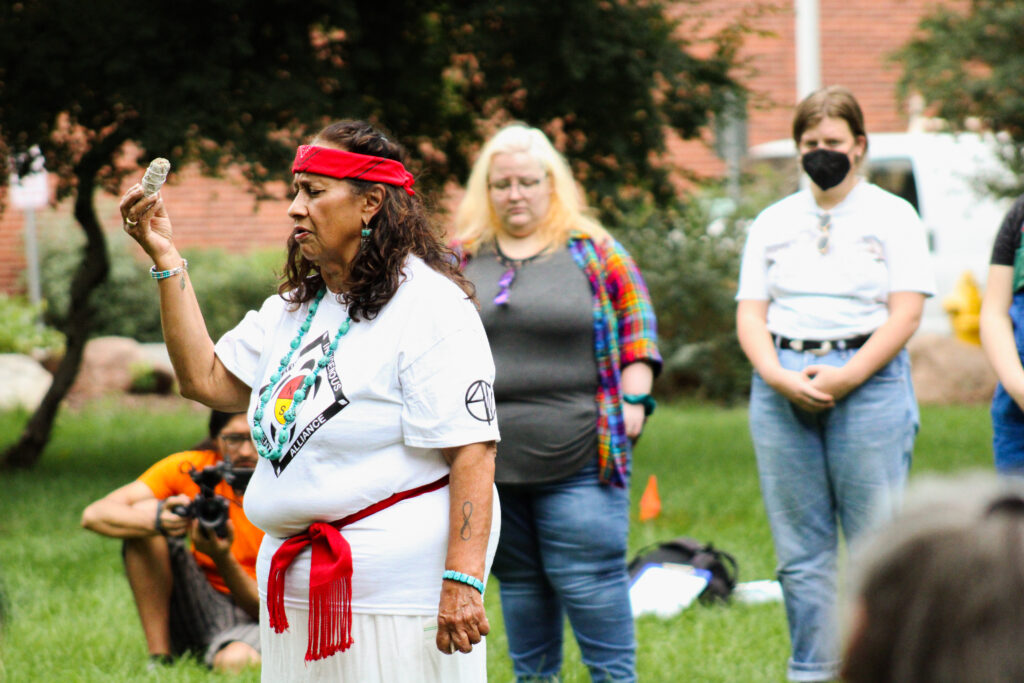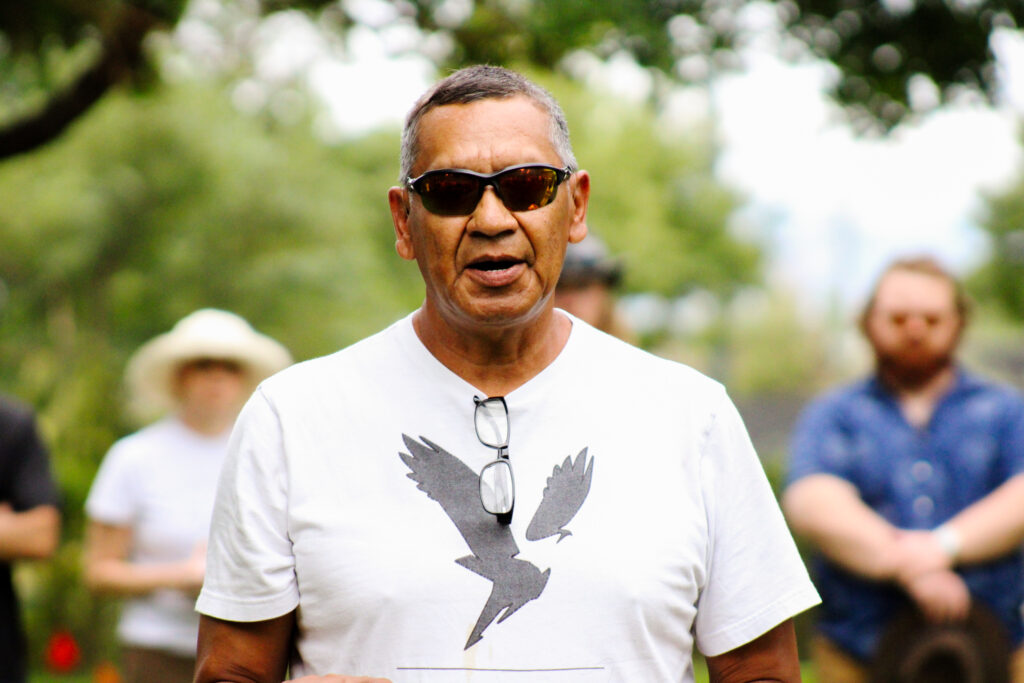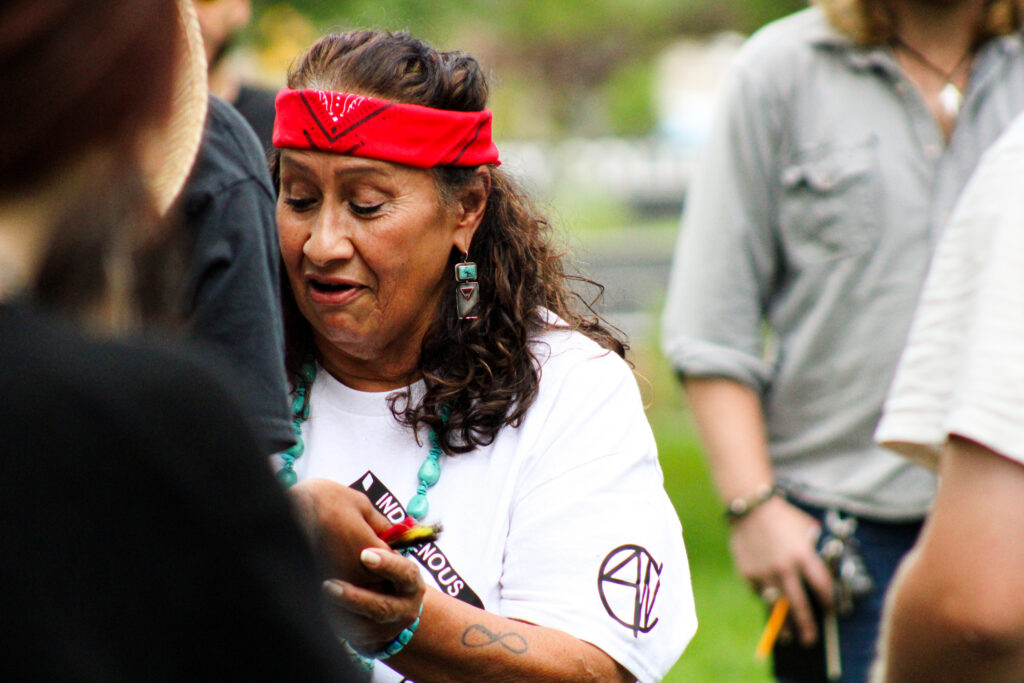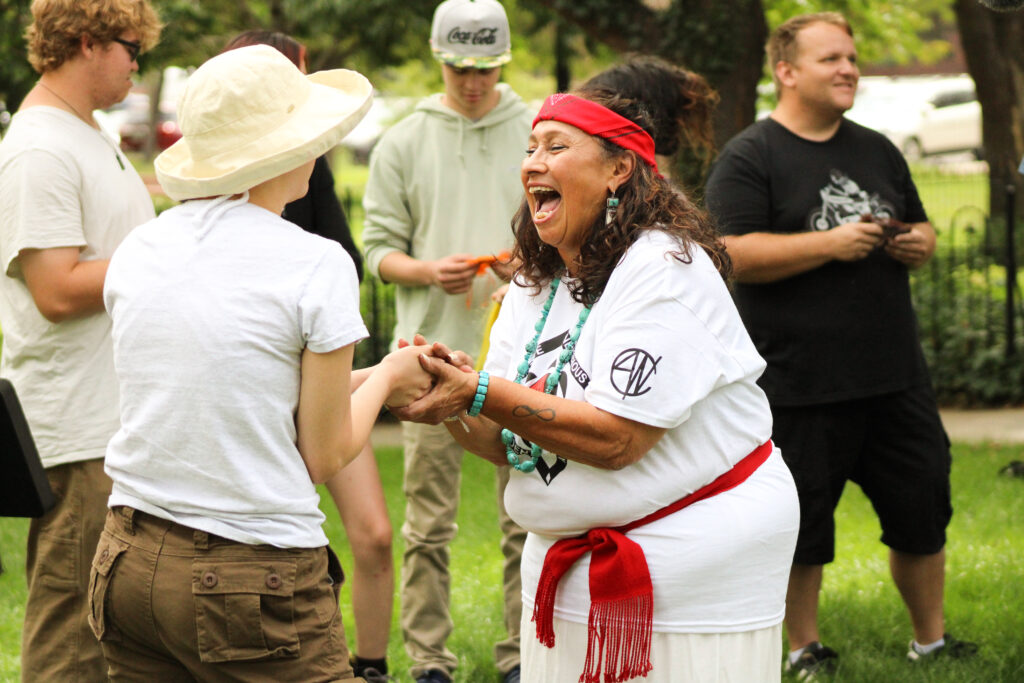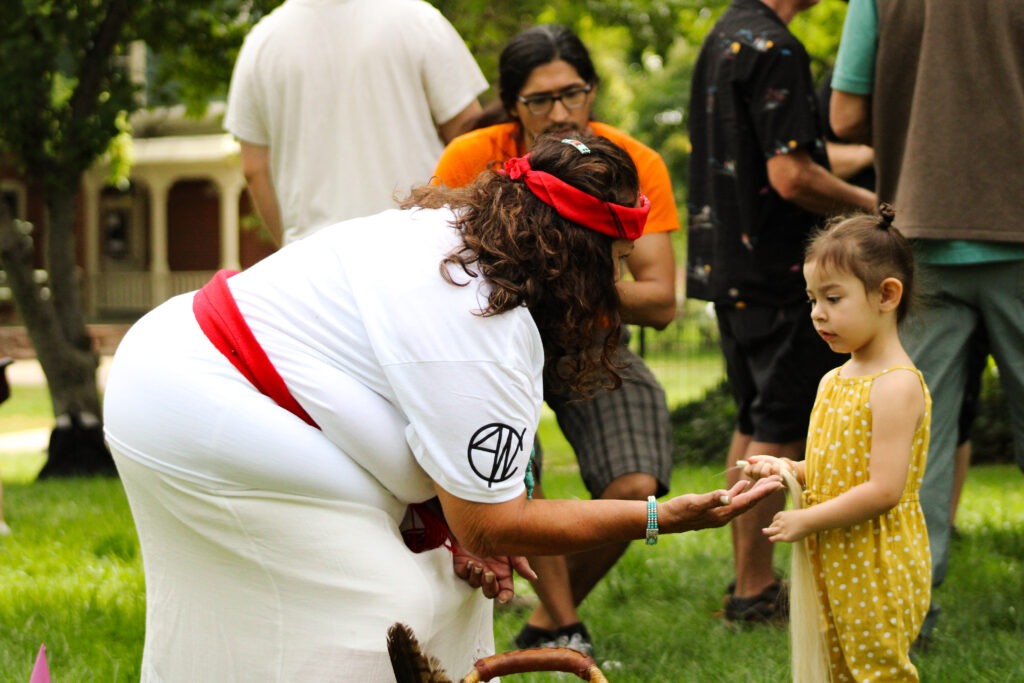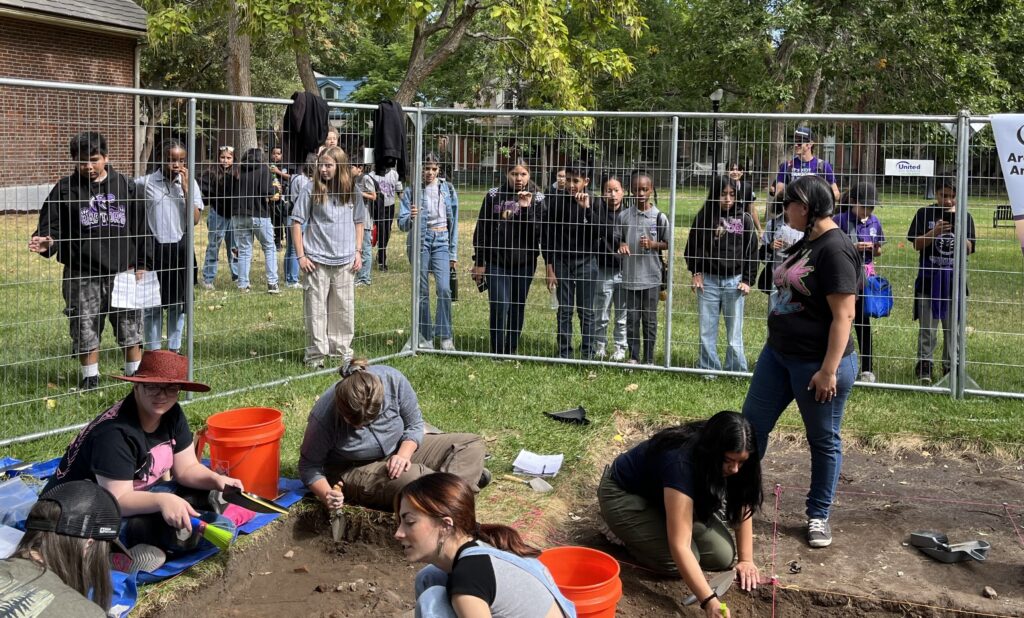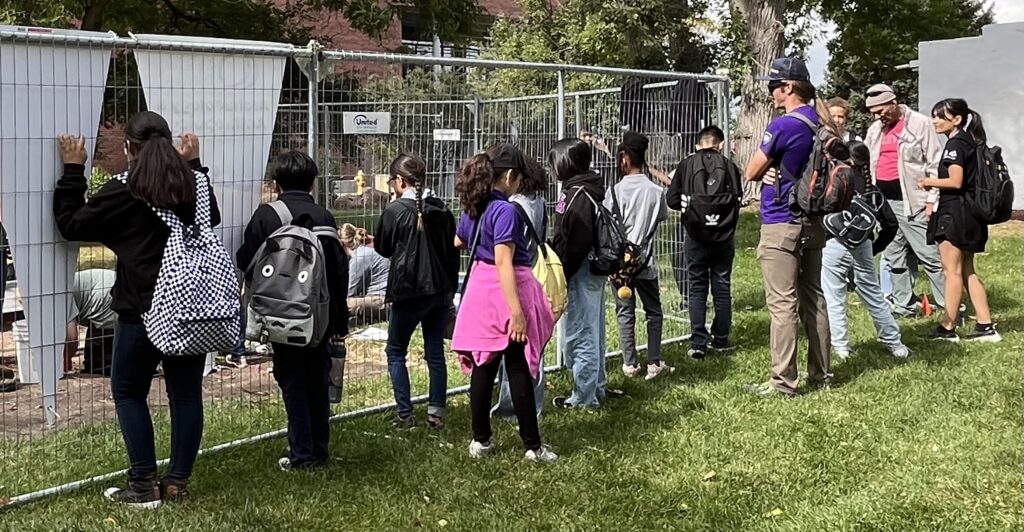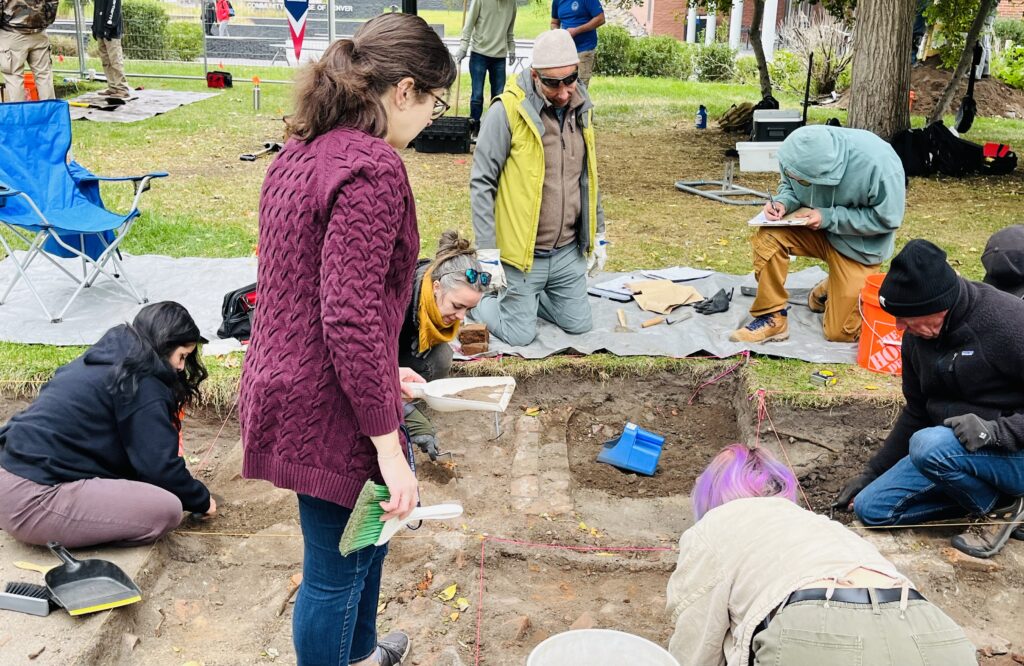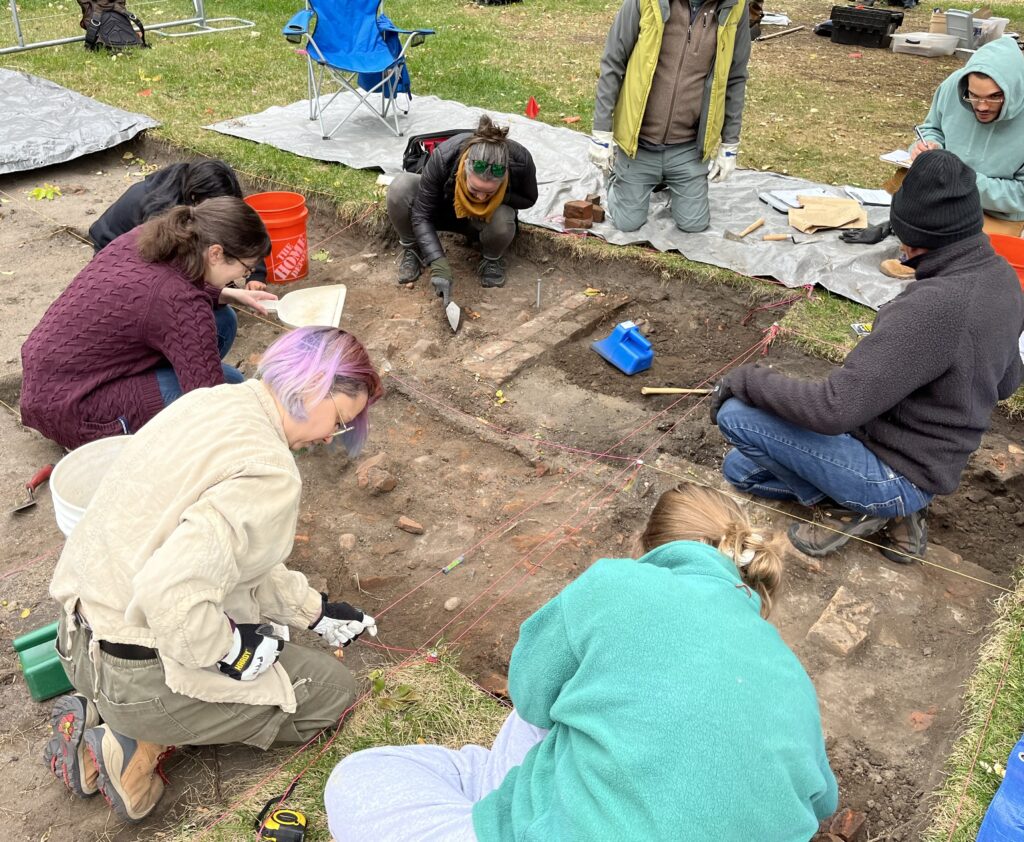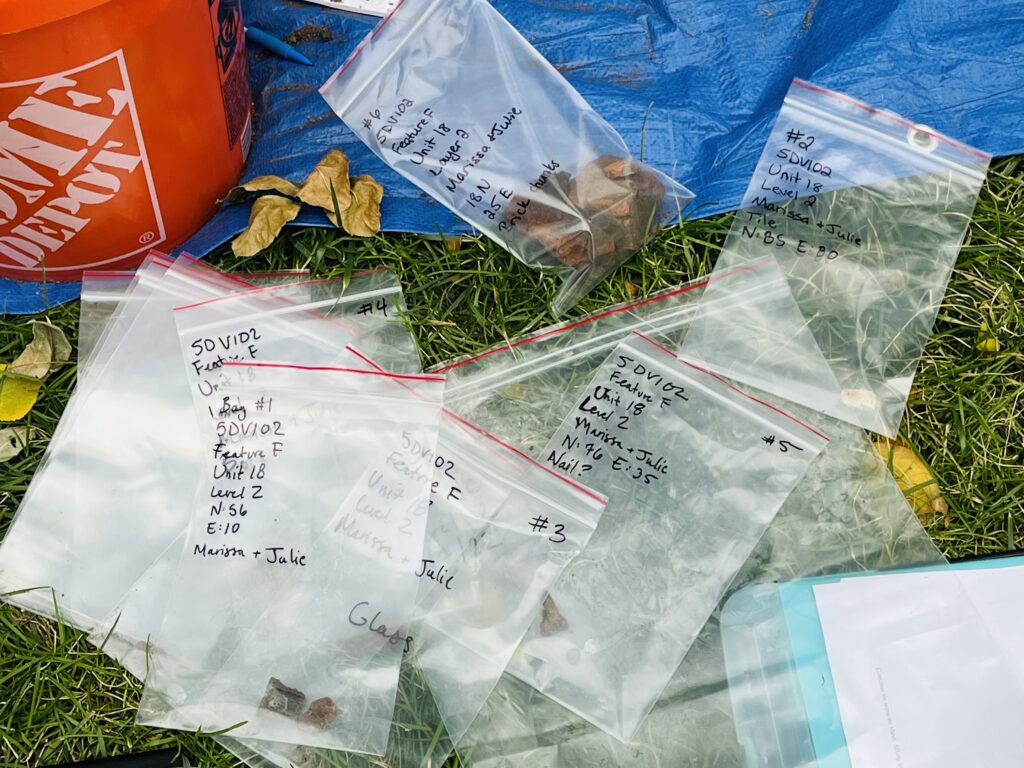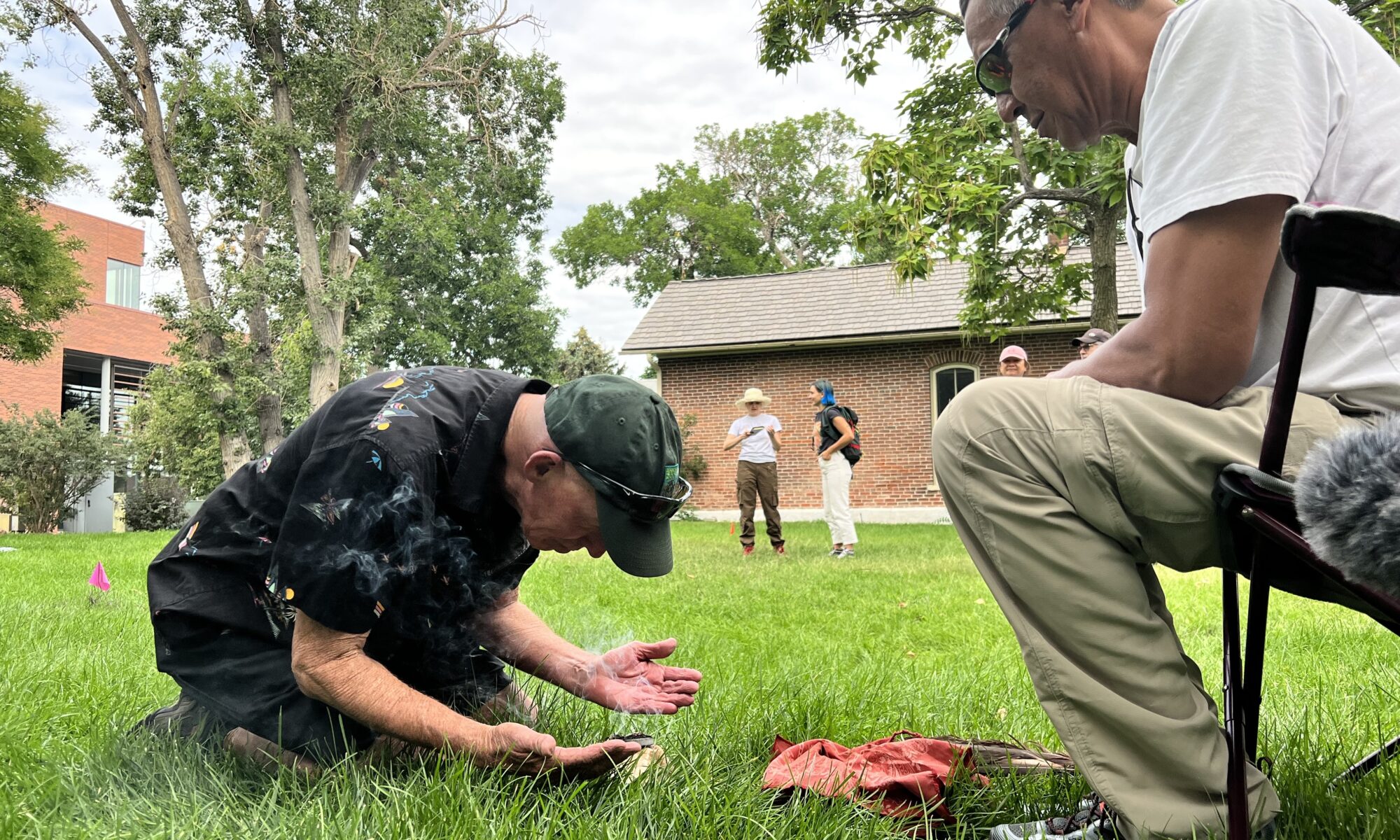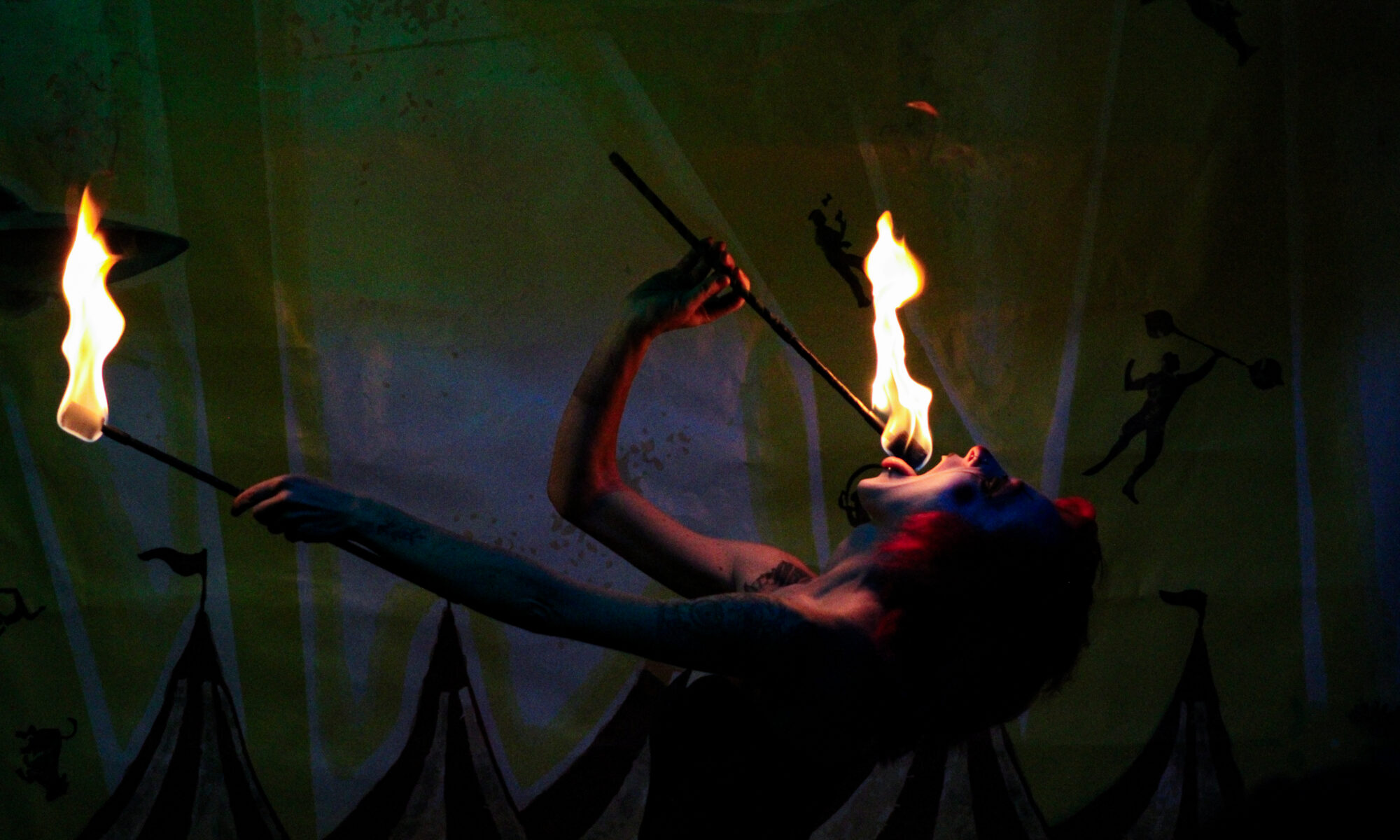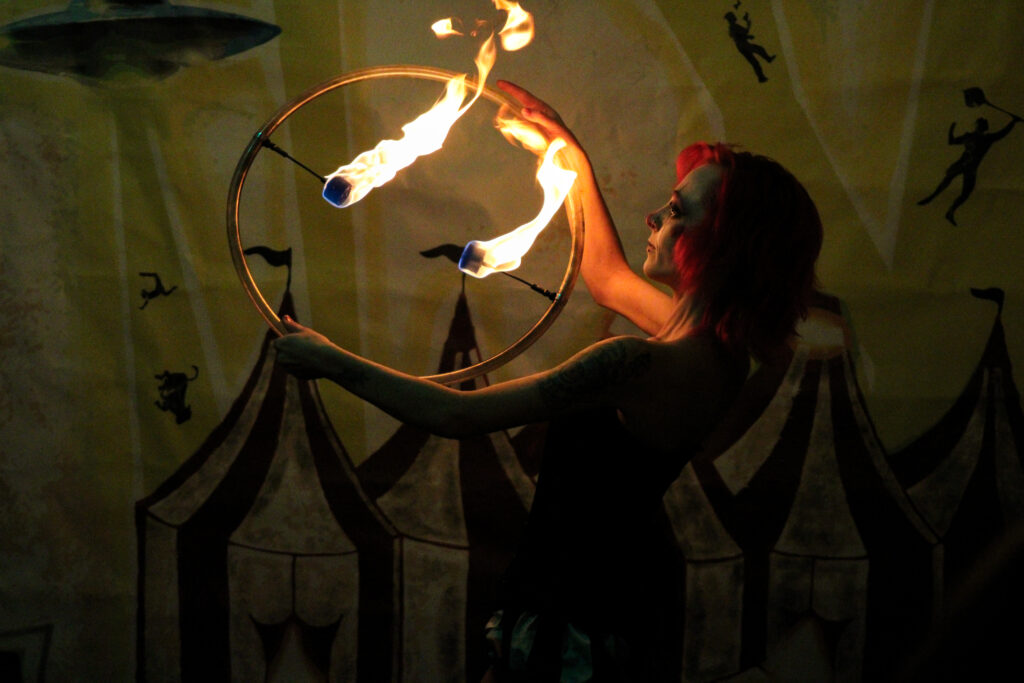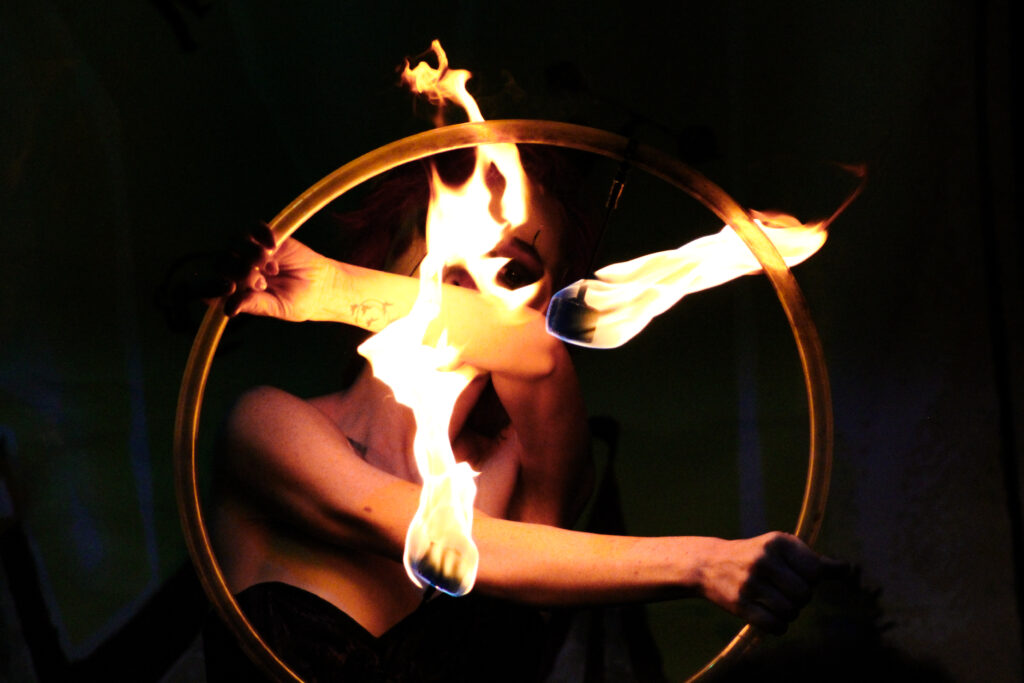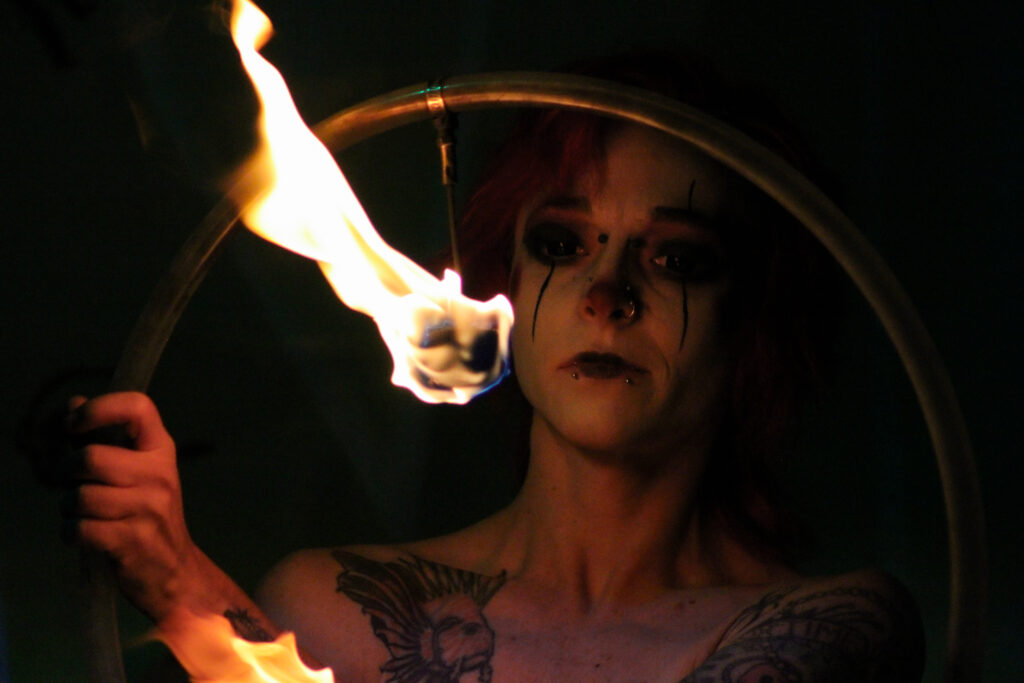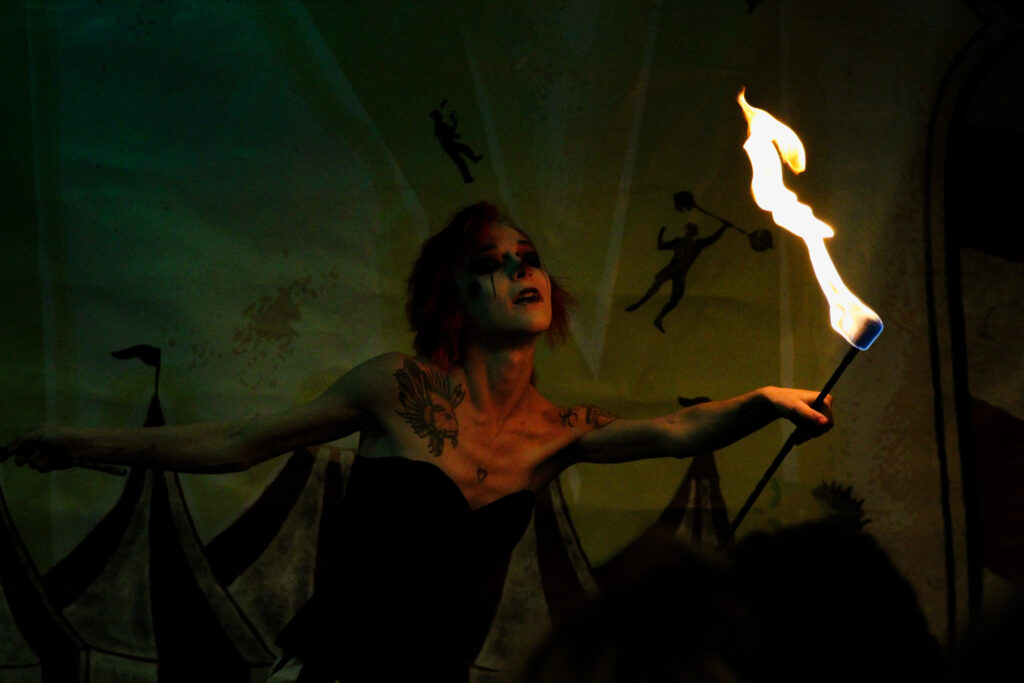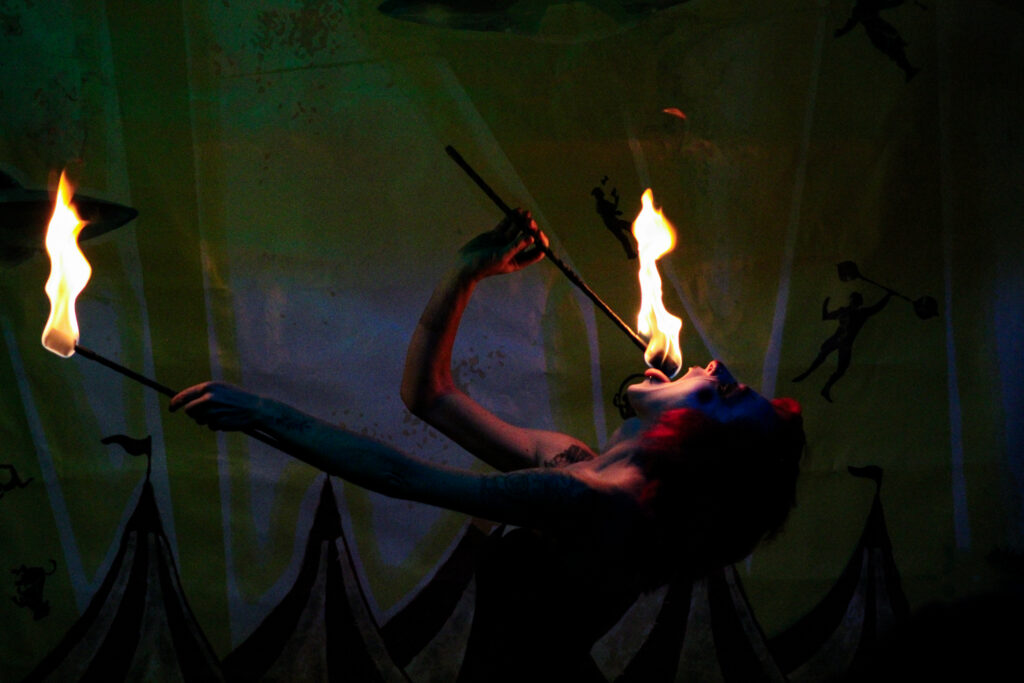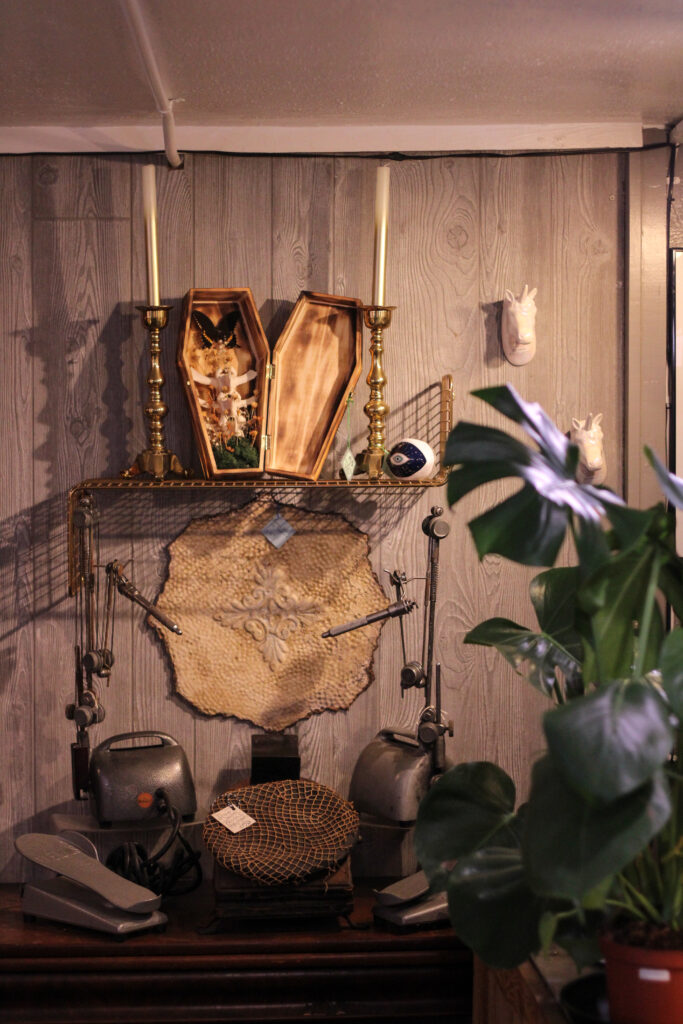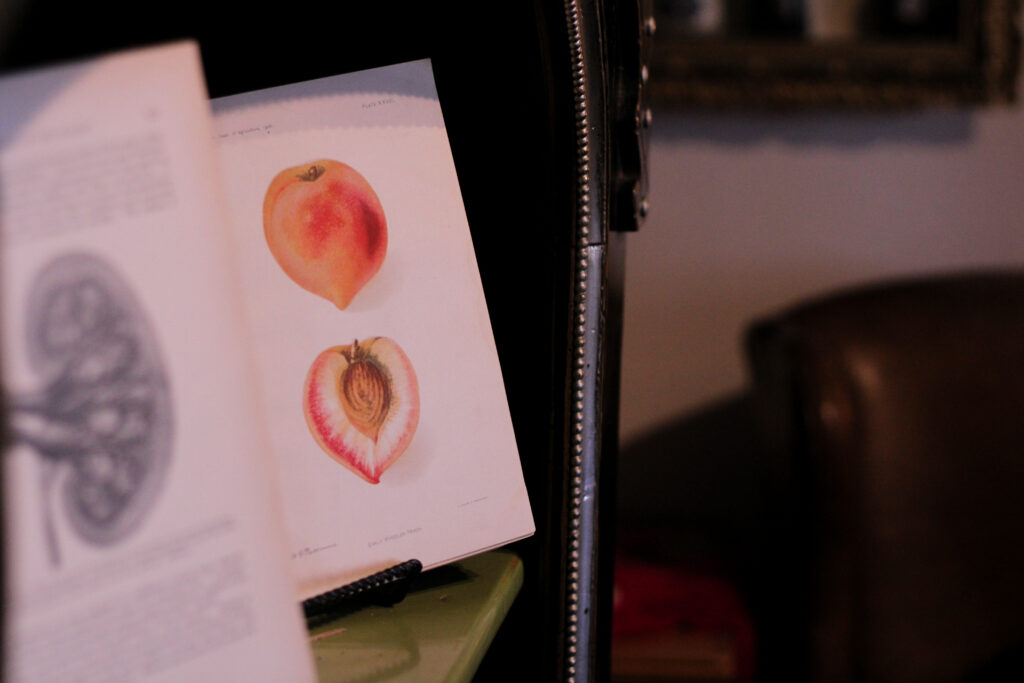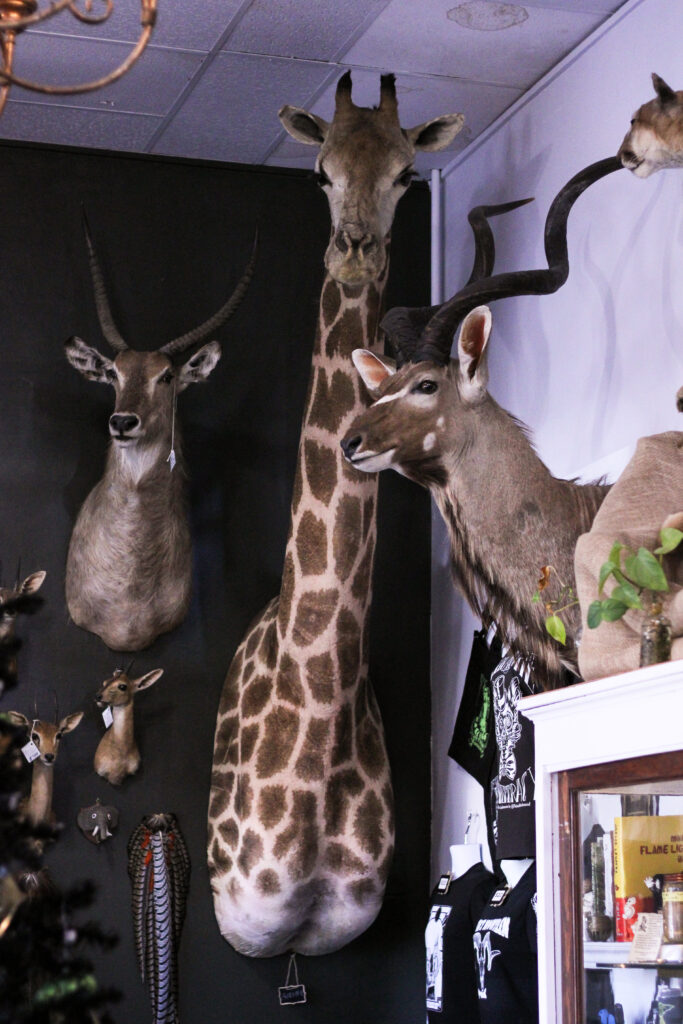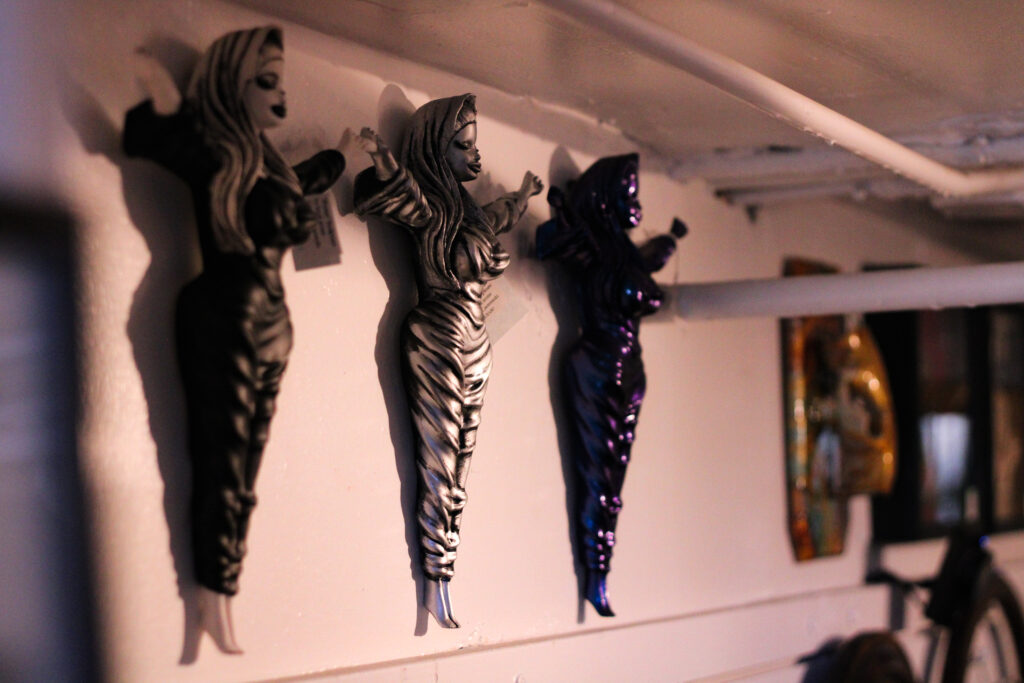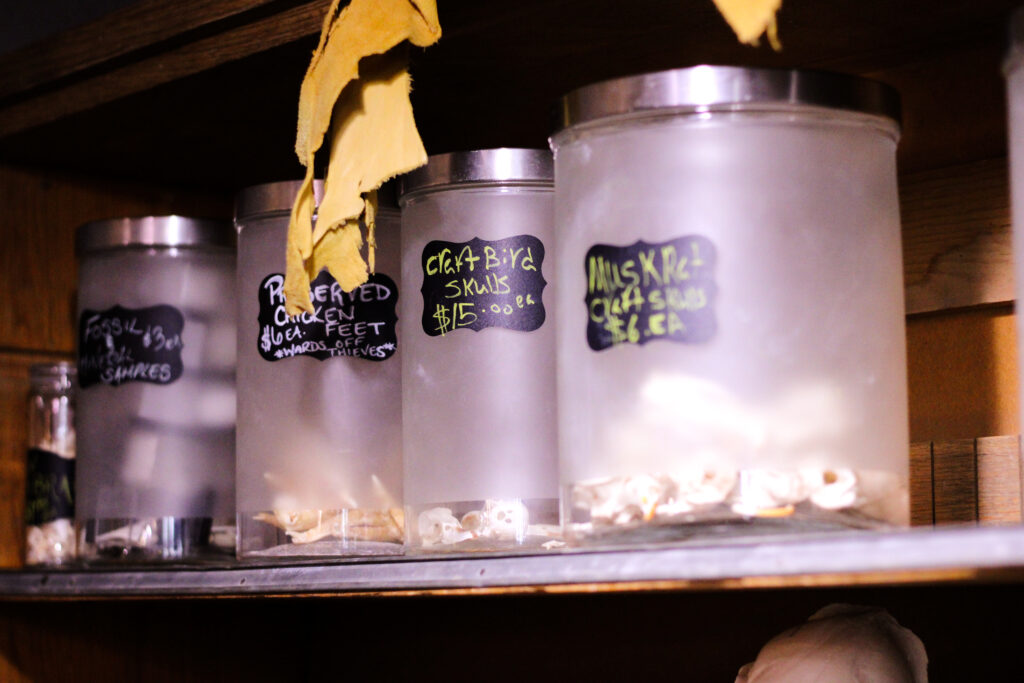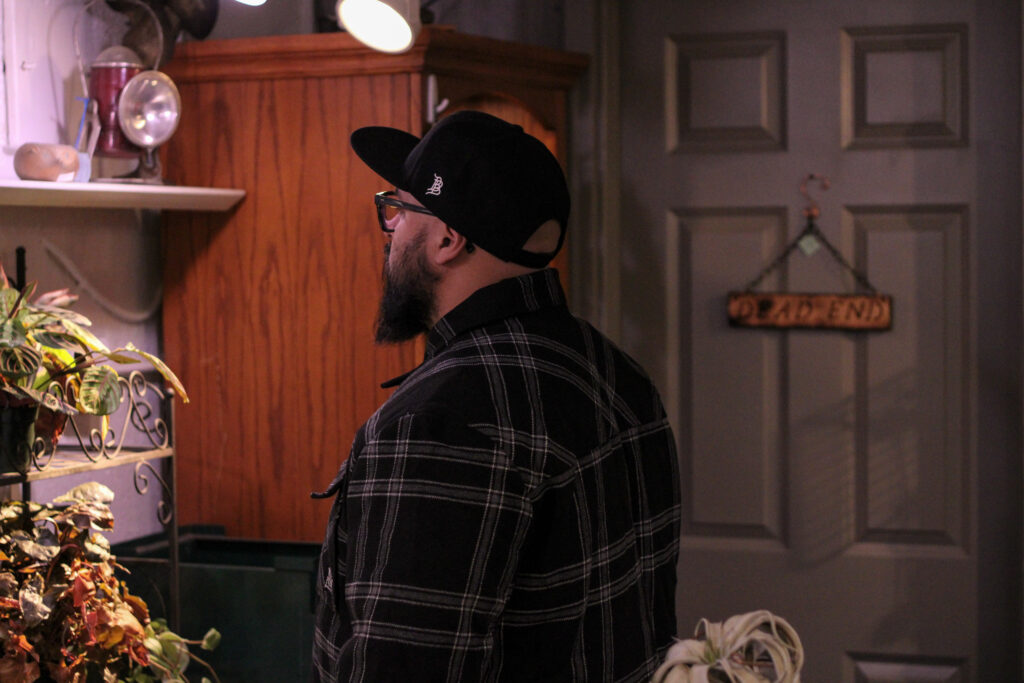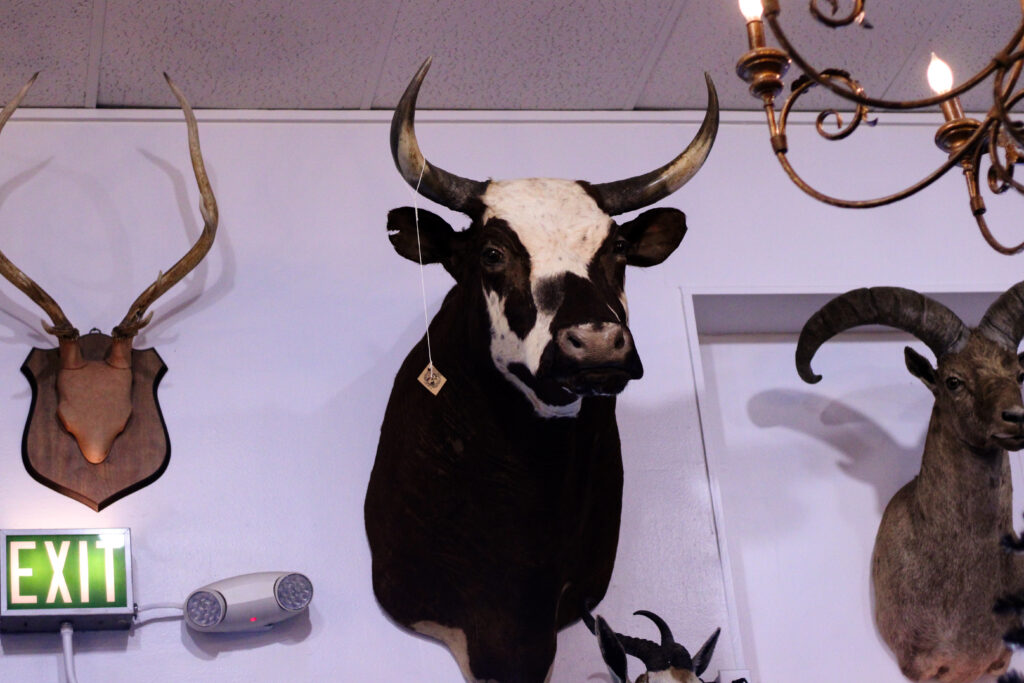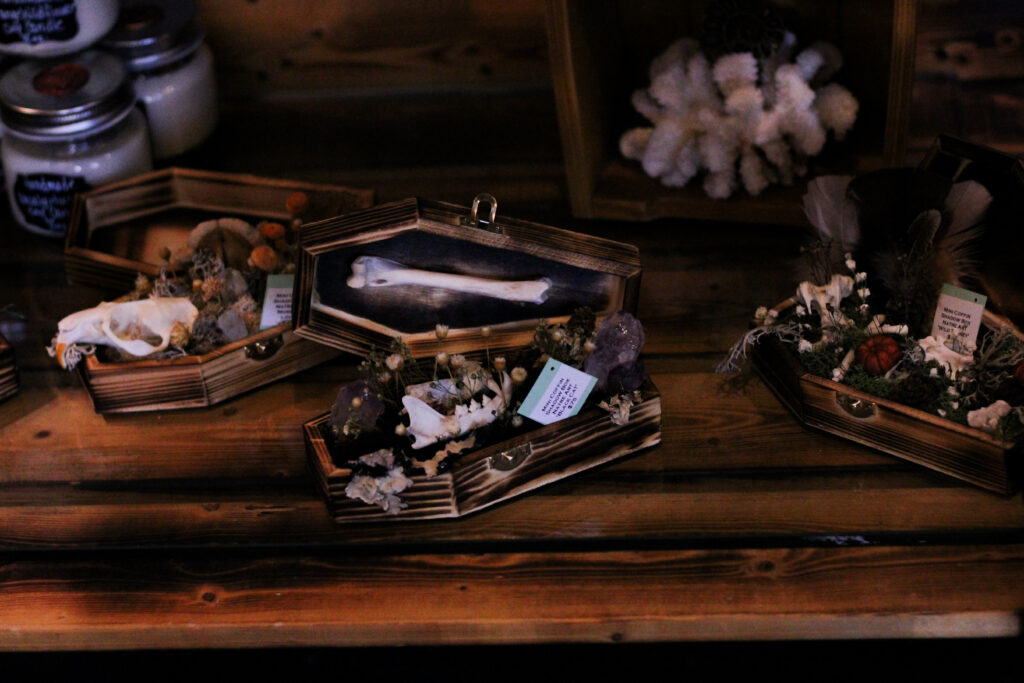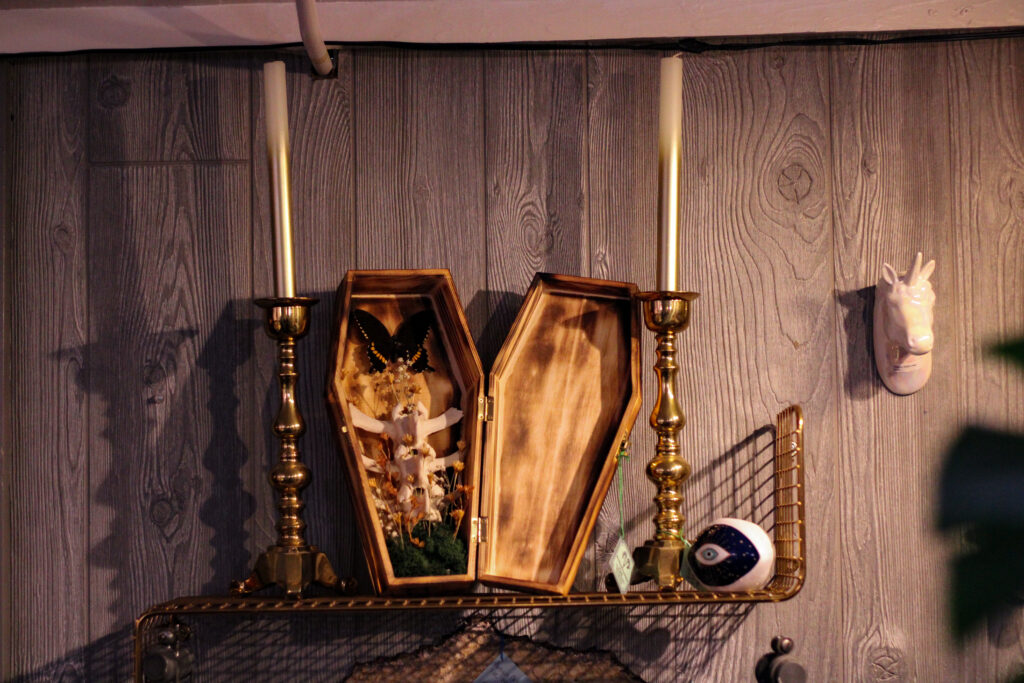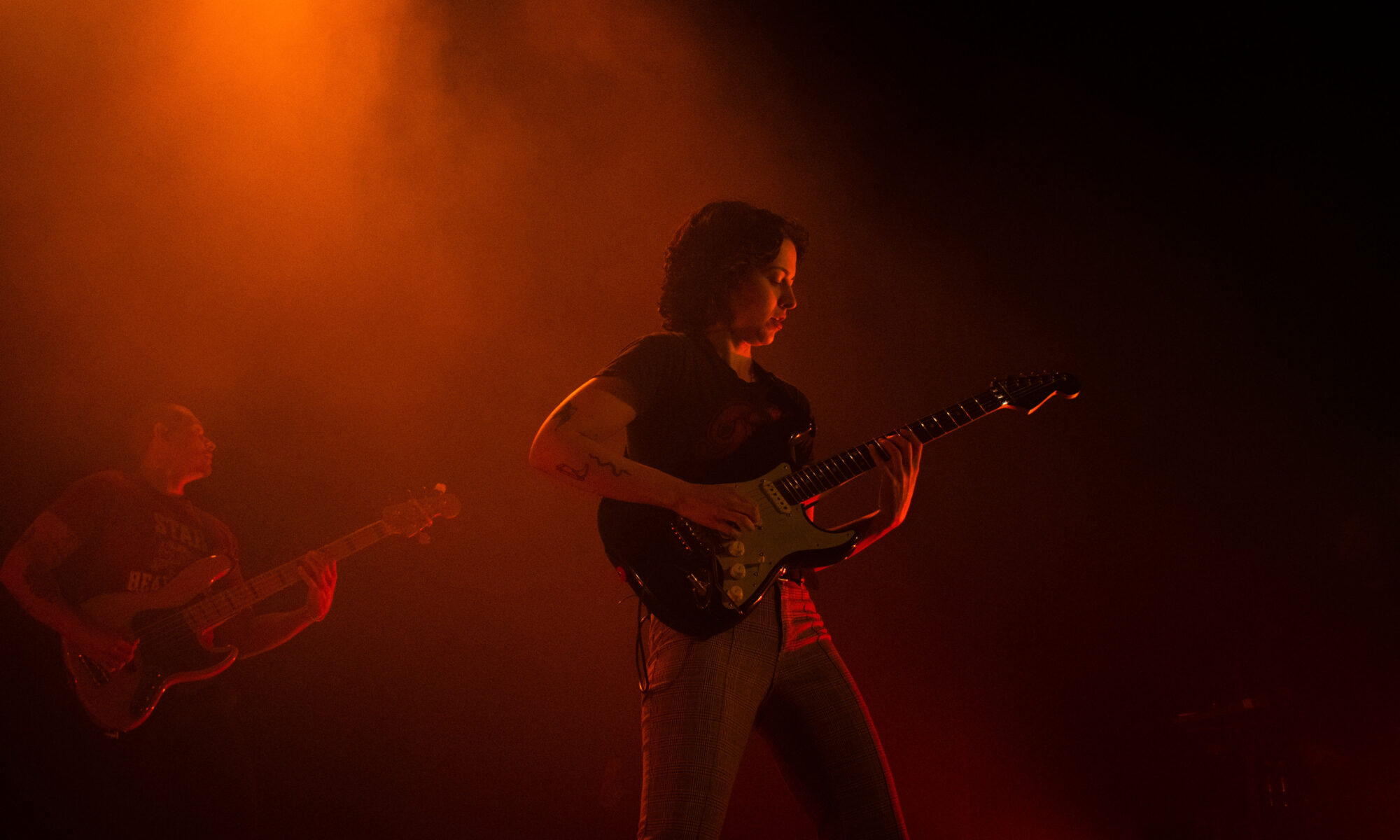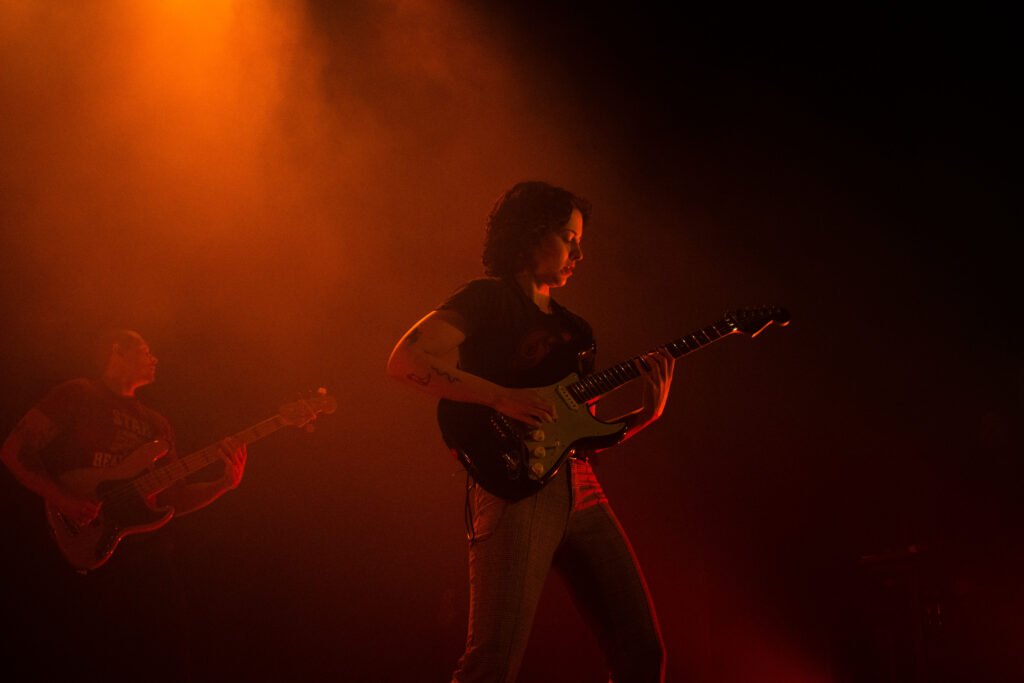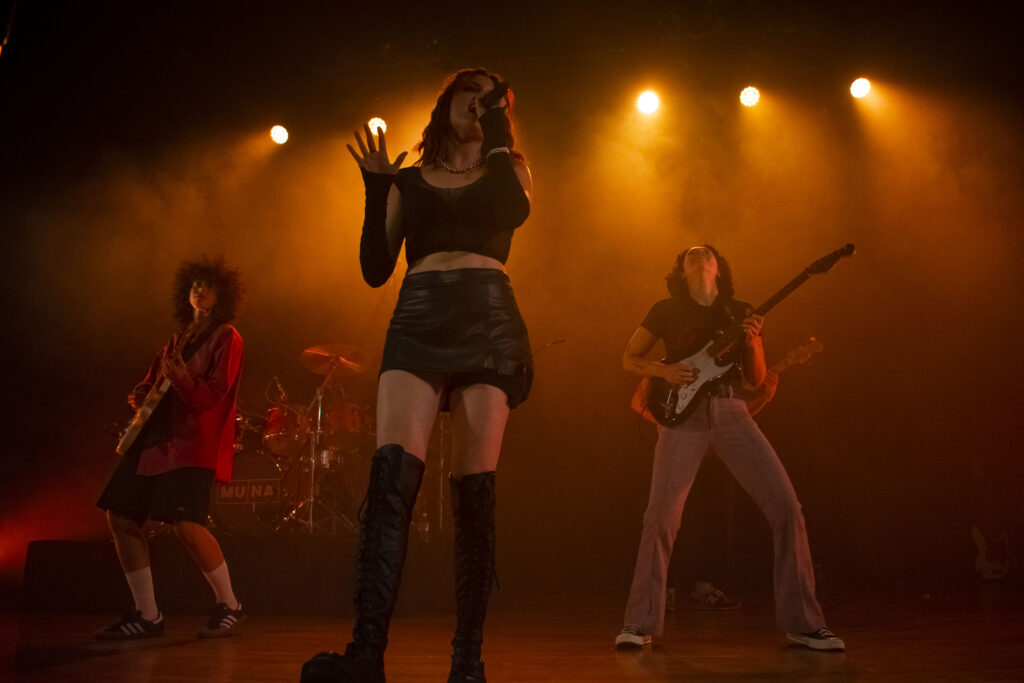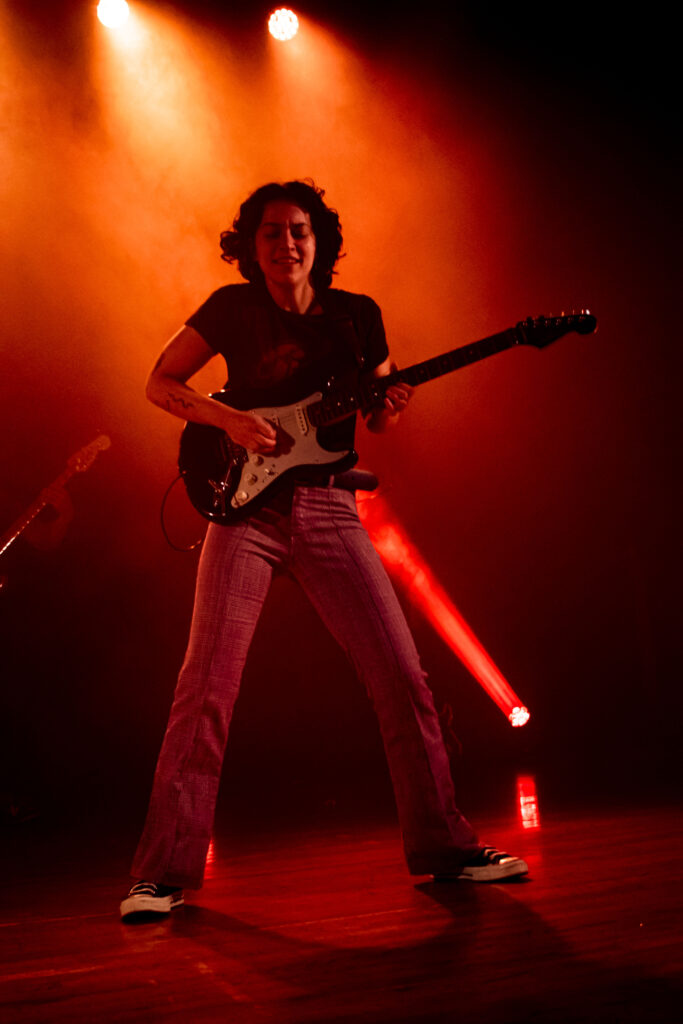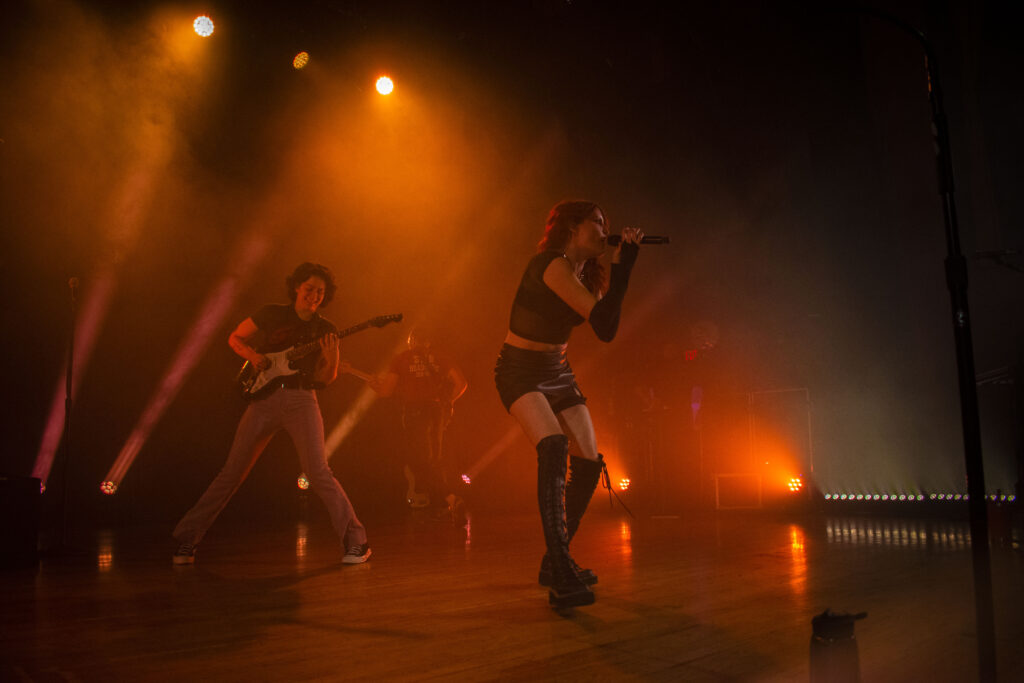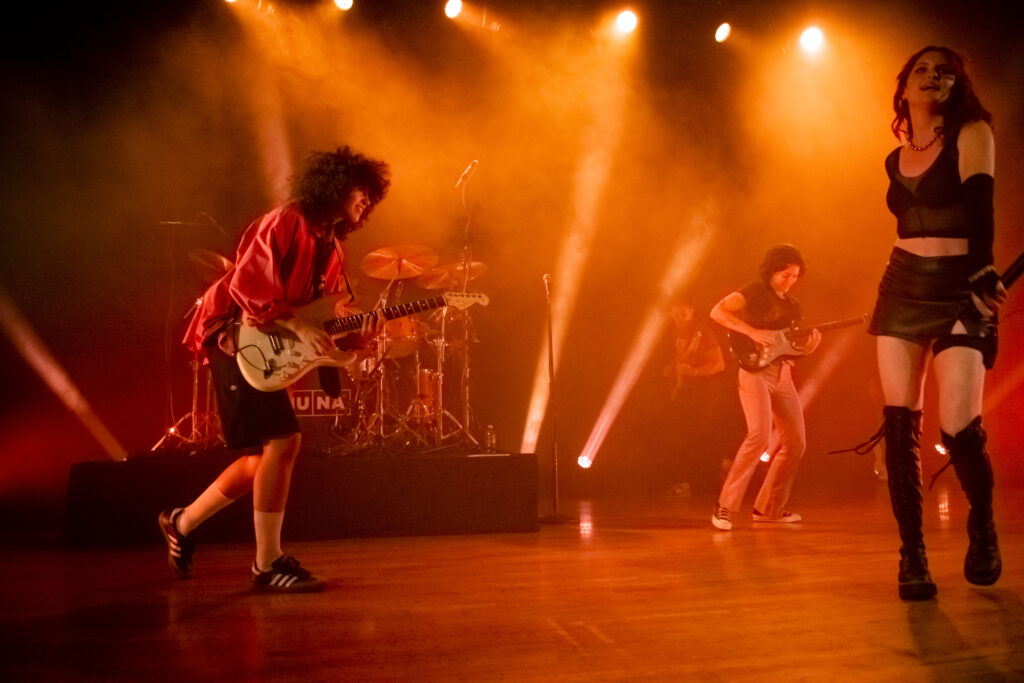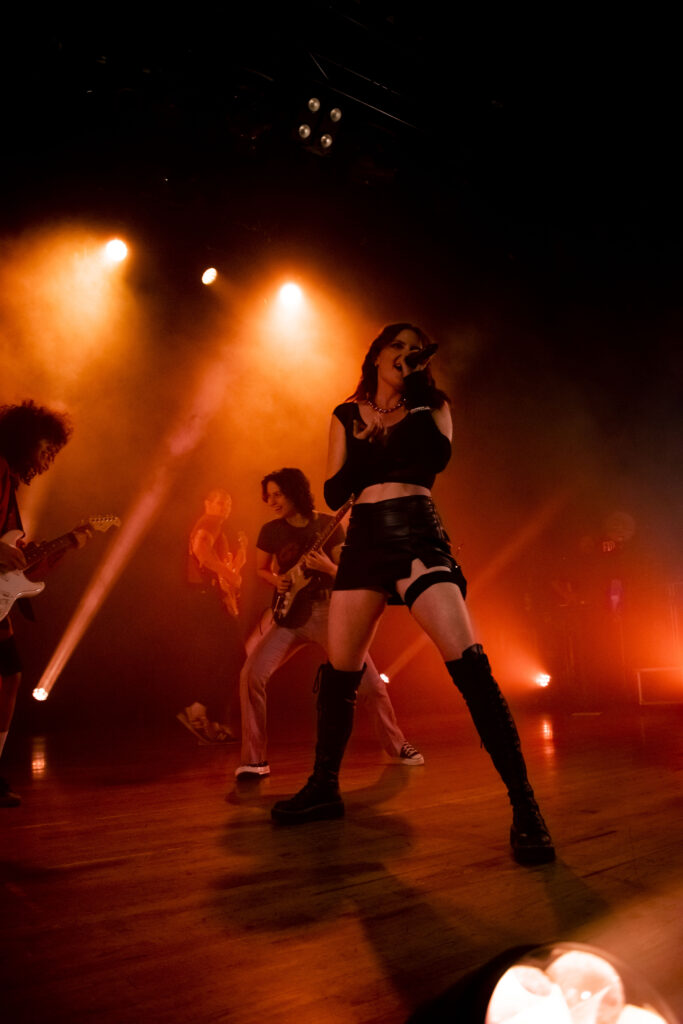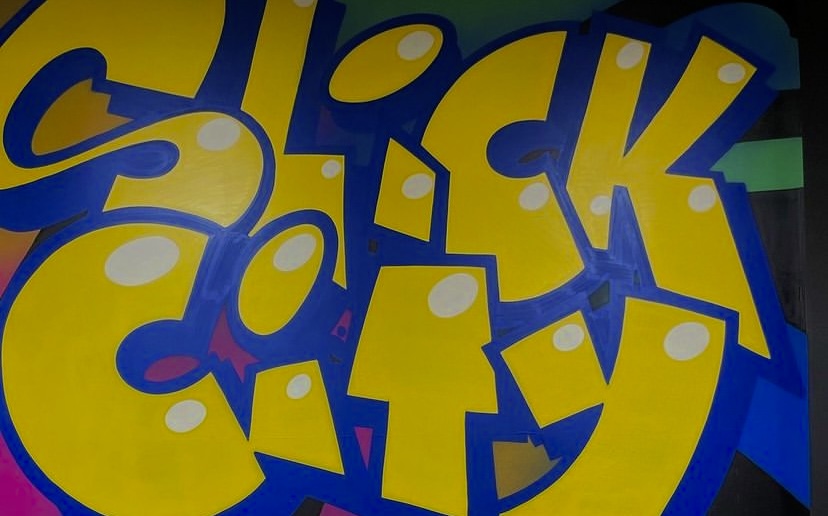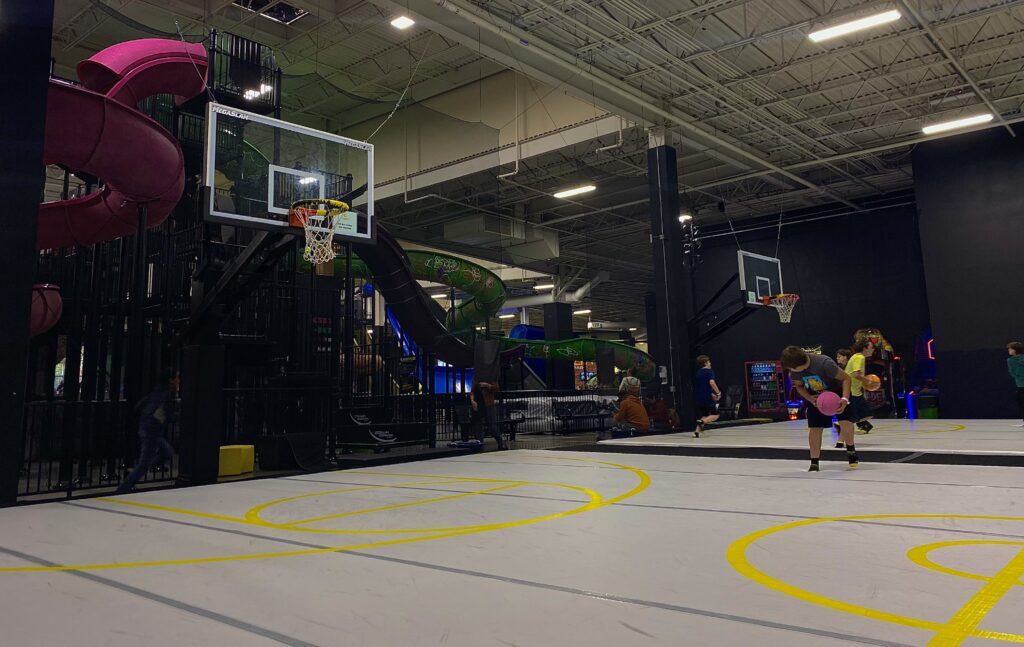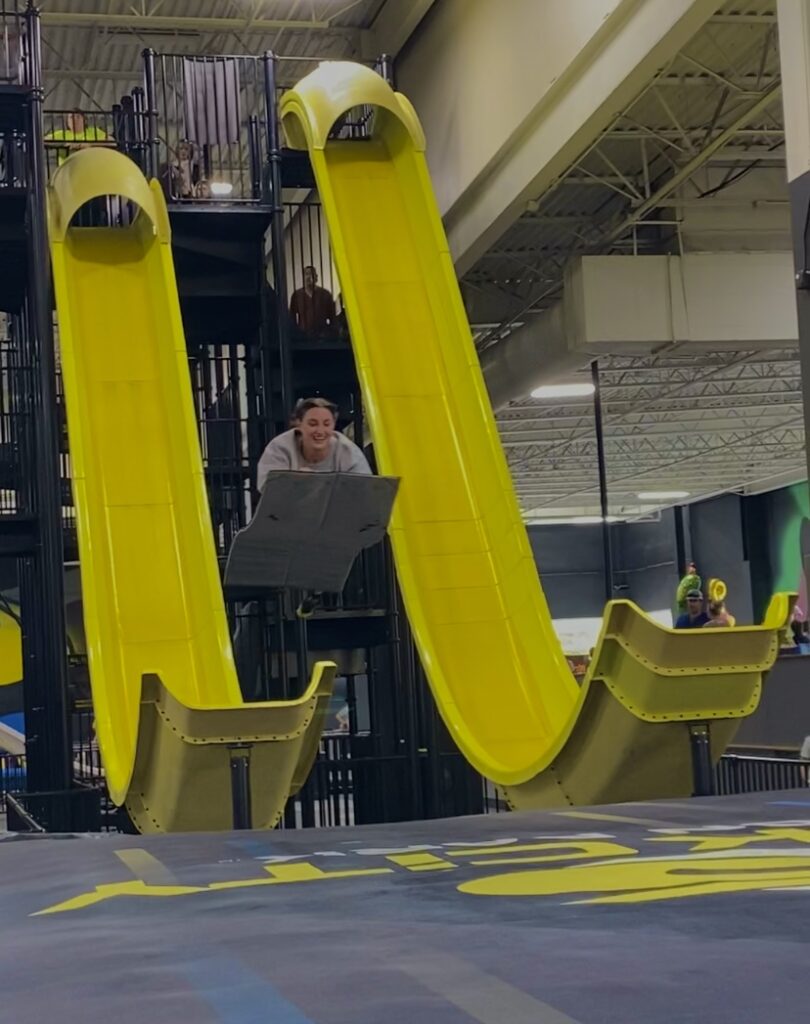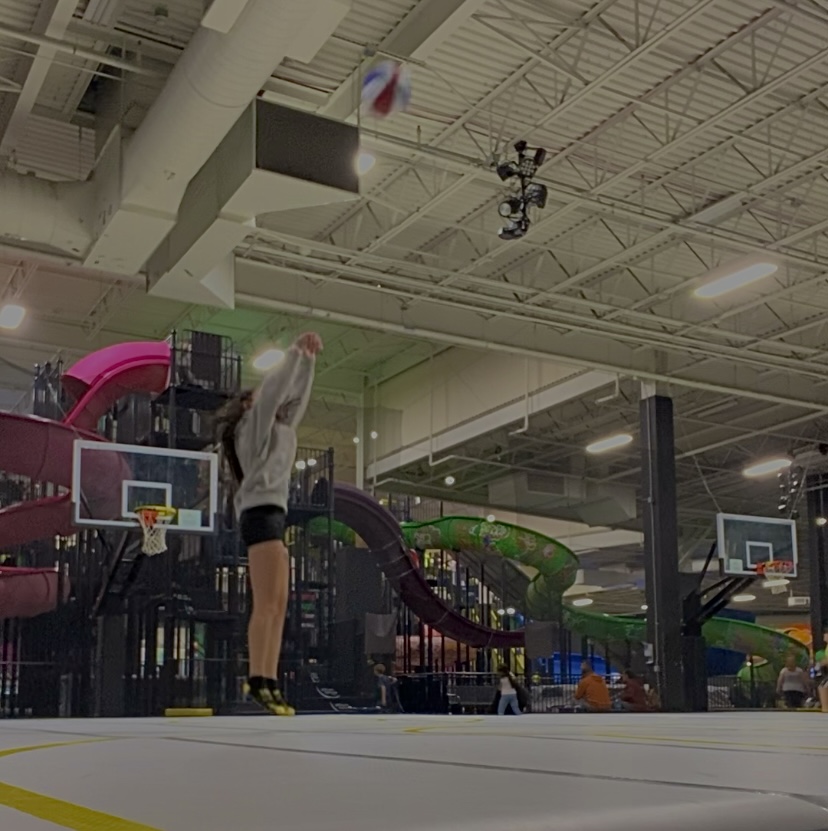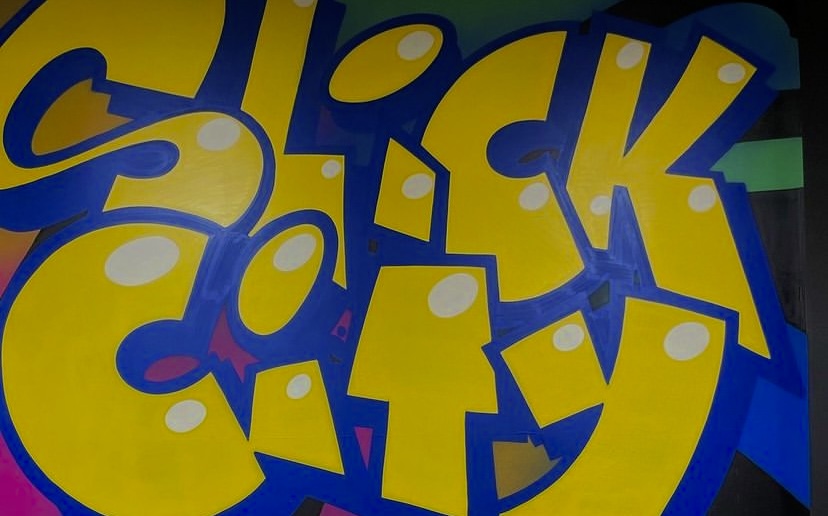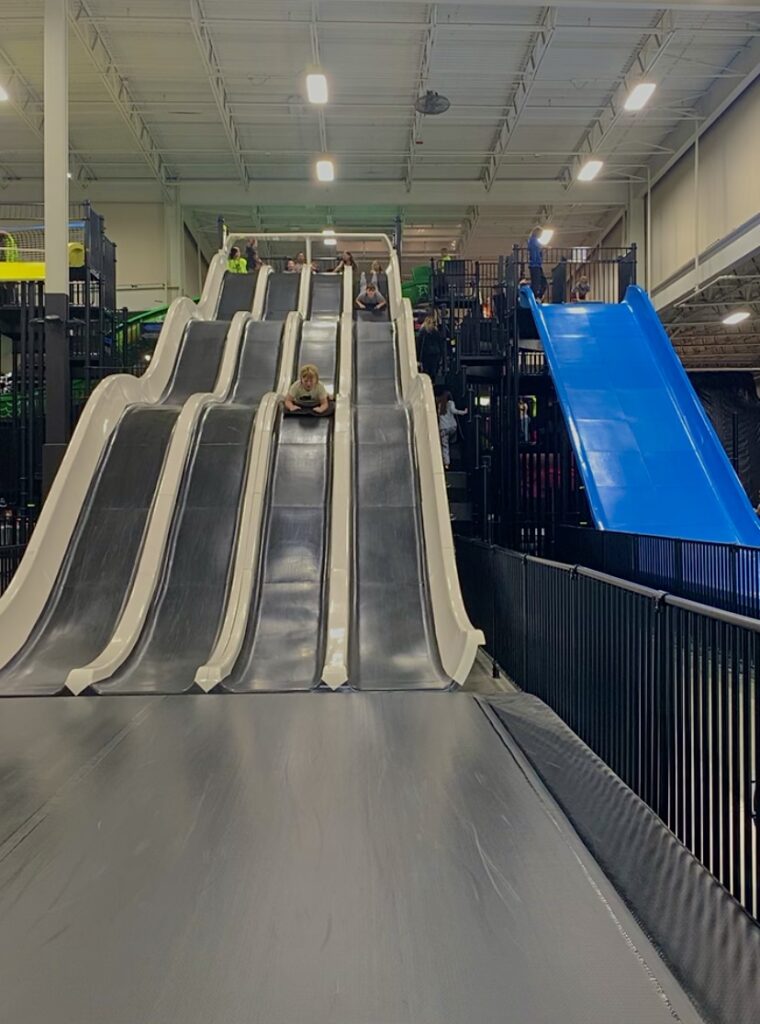There has been abundant research conducted about the paradoxical link between inadequate access to food (food insecurity) and the increased risk of obesity. Despite the ample time and resources spent researching the food insecurity obesity paradox, there is no clear and definite solution on how to create easier access to healthy foods in our low-income communities.
As the Program Manager of a 501(c)(3) Non-Profit Food Pantry, I am proposing that we may better combat obesity amongst our disadvantaged populations by providing healthier food choices at local food pantries, whose clientele is predominately low-income households, the demographic most prone to obesity (Levine, par. 3).
This solution could be addressed by an increased call to action about the importance of making monetary donations rather than food donations to your local food pantry. An increase in monetary donations would allow food pantries to have access to purchasing fresh produce, meat, dairy, and whole grains rather than relying heavily on food donations, which are largely processed and nutrient-void; other benefits of cash donations include the ability to increase the capacity for purchasing fresh food in bulk, tailoring the offering to culturally responsive choices for clients, and the ability to hire and educate paid employees.
How does Emergency Food work?
In order to further discuss the importance of addressing obesity amongst food insecure populations by providing local food pantries with cash donations, one must first understand how the emergency food system works (Campbell, Ross & Webb, par. 4).
Most regional food banks participate in a national network, Feeding America, which “functions as a hub for procuring food through partnerships with national manufacturers and distributors, government commodity programs, retail partners, farmers and through purchases funded by grant money or individual donors” (Cooksey, par. 11).
Food is then sent on to food bank partners where it is later distributed to local food pantries, soup kitchens, senior centers, shelters, and other emergency food programs. This system allows food banks to sell these “commodity goods” to food pantries and other non-profit organizations for a very small per pound maintenance fee (Chapnick, par. 11).
Despite common misconception, discounted government commodity goods often consist of foods that rate higher on the Healthy Eating Index than the average American diet and there are growing efforts to make these commodity items culturally responsive, meaning they are more likely to be utilized by clients from varying demographics (Chapnick, par. 5).
For example, commodity goods include fresh and canned produce, meat/poultry/fish, whole grains and dairy, all of which are available at a heavily discounted rate. Though this model was originally created to meet emergency situations, a growing number of Americans are relying on food pantries as a regular source of food (Cooksey, par. 13).
Idea of Cash Donations
In this proposal, we will be focusing on how cash donations to local food pantries make purchasing healthy food options from both government commodity programs and private retailers more accessible, thus increasing the likelihood that clients will make healthier food choices. In addition to discussing the benefits of purchasing goods, we will also weigh the benefits of how monetary donations increase the opportunities for food pantries to purchase healthy foods in bulk, how increased cash flow allows food pantries to tailor to their demographic’s cultural needs, and how hiring paid staff positively affects the food pantry’s ability to create a clear plan towards creating a more healthful culture.
Monetary Donations
Monetary donations to local food pantries not only allow the organization to purchase fresh energy-dense foods but because of programs in place to make healthy foods affordable for emergency food assistance agencies (food pantries, shelters, seniors centers, etc.), cash donations allow food pantries to purchase much morefood than the general public could purchase for the same price.
In some areas of the country, it is estimated that for every $10 worth of food purchased and donated to food pantries, the organization could have purchased $200 worth of goods (Cohen, par. 5). This means that for the cost of a few canned goods at your local grocery store, a food pantry could purchase more than 600lbs of dried pintos beans, which are not only a healthy energy-dense food but also a staple amongst Latinx communities, a marginalized demographic most likely to be affect by food insecurity in the U.S. (Feeding America, par. 5).
In a National Post article titled “Help the Poor: Stop Donating Cans” the author matter-of-factly states, “Even the most skilled shopper must appreciate that however many cans of tuna they can buy, a food bank would probably have been able to buy five times as many.”
Since this is a proposal of both frugality and health, we must recognize that canned tuna is an excellent lean source of protein and an ever-sought-after item at your local food pantry. Food pantries aren’t limited to stocking up on healthy pantry staples, like pinto beans and tuna, for much more discounted rate than the average shopper, they can also purchase fresh produce for pennies on the dollar.
It is common practice for produce warehouses and grocery stores to sell their produce to food pantries for around 20 cents per pound (Wiles, par.9). Katrina Rosqueta, the Executive Director at The Center for High Impact Philanthropy, confirms “[It’s] nutritious food that for whatever reason can’t be used at the store, at the restaurant or at the supplier, but can be nutritious food for a family in your community who doesn’t know where the next meal is going to come from.” (Wiles, par. 10). This ability to purchase healthy non-perishables and fresh produce in bulk, is only possible through the cash donations that food pantries receive from philanthropic community members.
Another benefit to an increase in monetary donations is the ability to meet each local food pantries’ cultural needs. As mentioned earlier, Latinx immigrants are suffering from the highest rate of food insecurity in the U.S., and this is coupled with the fact that immigrant families are also facing growing cases of chronic health conditions.
A 2017 study affirms, “Although immigrants often arrive in better health and with more healthful diets than native-born U.S. residents, their body mass index increases over time and, along with it, their risk for chronic diseases such as cancer, diabetes, and hypertension” (Cordeiro, par. 7). Though many factors exist between the correlation of food insecurity and obesity in immigrants, there is research concluding that limited access to “healthful, culturally acceptable foods” is a contributing factor (Cordeira, par. 11). When food pantries have more cash in the bank, they can purchase goods that meet the dietary and cultural preferences of their clients. In yet another 2017 study on the factors affecting food pantry clients’ access to healthy foods, researchers concluded that “Client Preferences” were a large factor in why clients make choices against certain unfamiliar produce options (Chapnick, par. 15).
One participant in this study confirmed, “There’s a lot of resistance any time we get new produce, and the clients may not know what it is, [or how to prepare it]”. Of course, this is an opportunity to educate clients on how to prepare new foods, but education should occur while simultaneously offering produce items that are familiar to the food pantry’s predominant demographic. Cash donations allow food pantries the flexibility to offer their client’s culturally responsive food items while supplementing with produce donations from grocery stores and the community, rather than relying solely on these often American-diet focused food donations.
Lastly, we will discuss how monetary donations create the opportunity for food pantries to hire and educate paid staff. The author of an article titled “How Do Non-Profit Employees Get Paid?” states their point frankly, “The bottom line is that non-profit founders and employees are paid from the gross revenues of the organization” and non-profit organizations get their revenue from donations and grants (Morris, par. 11, 15).
Without monetary donations, non-profits organizations such as your local food pantry, cannot hire paid employees and thus rely on volunteers to operate the organization. The benefits of a non-profit organization having paid employees rather than being entirely volunteer-operated are abundant, but for the sake of this proposal we will focus on how the presence of paid staff can positively impact client nutrition.
In order to operate a food pantry that is focused on providing healthy options for their clients, there must be clear policies and procedures in place regarding the organization’s mission to improve the nutritional quality of their offerings. Policy and procedural changes are largely created and implemented by employees of an agency, rather than volunteer “staff”.
By having the ability to hire paid staff, an organization can define clear goals and implement plans for improving the quality of the food that is offered to clients. In addition to creating dedicated paid-staff opportunities, monetary donations could also be used to educate staff members about general nutrition.
A recent study concluded a factor affecting food pantries provision of healthy food is “pantry staff nutrition knowledge is often incorrect of incomplete.” (Chapnnick, par. 58). When food pantries can hire employees who are dedicated to a mission of health and are provided with the educational resources to implement policies and procedures to create actionable change, the agency is far more likely to see consistent improvements in their mission to improve the quality of the food that is offered.
It's Complicated
The prevalence of obesity amongst low-income households is a complicated issue to untangle. My proposal to encourage society to support their food pantries by making cash donations rather than food donations is undoubtedly not the ultimate solution to a very complex systemic issue, but I believe that advocacy for increased cash flow could help agencies empower their clients to make healthy choices.
Though monetary donations may not be the only way to solve the food insecurity obesity paradox, they are one way to aid food pantries in offering the most healthful environment as possible by making healthy options available and culturally relevant, while also giving food pantries the ability to hire and educate staff.
Bibliography
Chapnick, Melissa, et al. “Healthy Options in Food Pantries—a Qualitative Analysis of Factors Affecting the Provision of Healthy Food Items in St. Louis, Missouri.” Journal of Hunger & Environmental Nutrition, vol. 14, no. 1-2, 2017, pp. 262–280., https://doi.org/10.1080/19320248.2017.1284027.
Cohen, Neal and Katherina Rosqueta. “A Case for Cash, Instead of Cans.” CPR News, 22 Nov. 2011
“Compensation for Nonprofit Employees.” National Council of Nonprofits, 2 Sept. 2020, https://www.councilofnonprofits.org/tools-resources/compensation-nonprofit-employees.
Cooksey Stowers, Kristen, et al. “The Hunger-Obesity Paradox: Exploring Food Banking System Characteristics and Obesity Inequities among Food-Insecure Pantry Clients.” PLOS ONE, vol. 15, no. 10, 2020, https://doi.org/10.1371/journal.pone.0239778.
Cordeiro, L. S., et al. “Healthful, Cultural Foods and Safety Net Use among Cambodian and Brazilian Immigrant Communities in Massachusetts.” Journal of Immigrant and Minority Health, vol. 20, no. 4, 2017, pp. 991–999., https://doi.org/10.1007/s10903-017-0607-3.
Elizabeth Catherine Campbell, Michelle Ross & Karen L. Webb (2013) Improving the Nutritional Quality of Emergency Food: A Study of Food Bank Organizational Culture, Capacity and Practices, Journal or Hunger & Environmental Nutrition, 8:3, 261-280
“Latino Communities Experience Hunger at a Much Higher Rate.” Feeding America, https:/www.feedingamerica.org/hunger-in-america/latino-hunger-facts
Levine, James A. “Poverty and Obesity in the U.S.” Diabetes, American Diabetes Association,1. Nov. 2011, https://diabetes.diabetesjournals.org/content/60/11/2667.
Hopper, Tristin. “Help the Poor, Stop Donating Cans.” The National Post, 12 Dec. 2018.
Morris, Tracy, “How Do Non-Profit Business Owners Get Paid?” The Blue Heart Foundation, 31 Mar. 2020, https://theblueheartfoundation.org/how-non-profit-business-owners-get-paid/.
Wiles, Katherine. “The Most Effective Way to Give This Holiday Season.” Marketplace, 25 Nov. 2020, https://www.marketplace.org/2020/11/25/most-effective-way-to-donate-this-holiday-season/.
